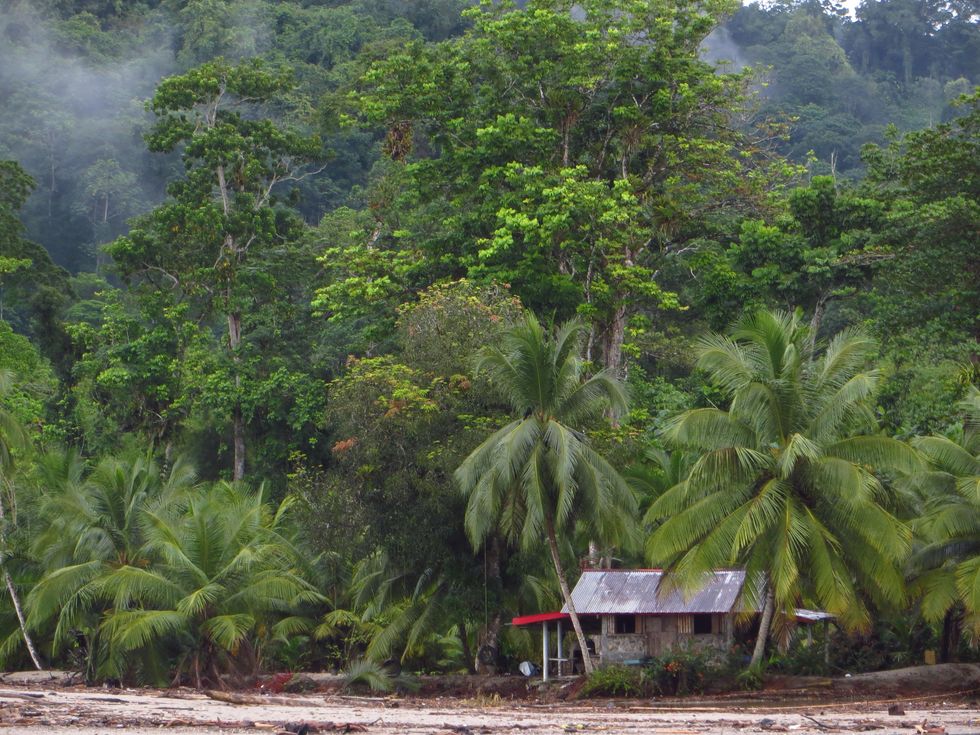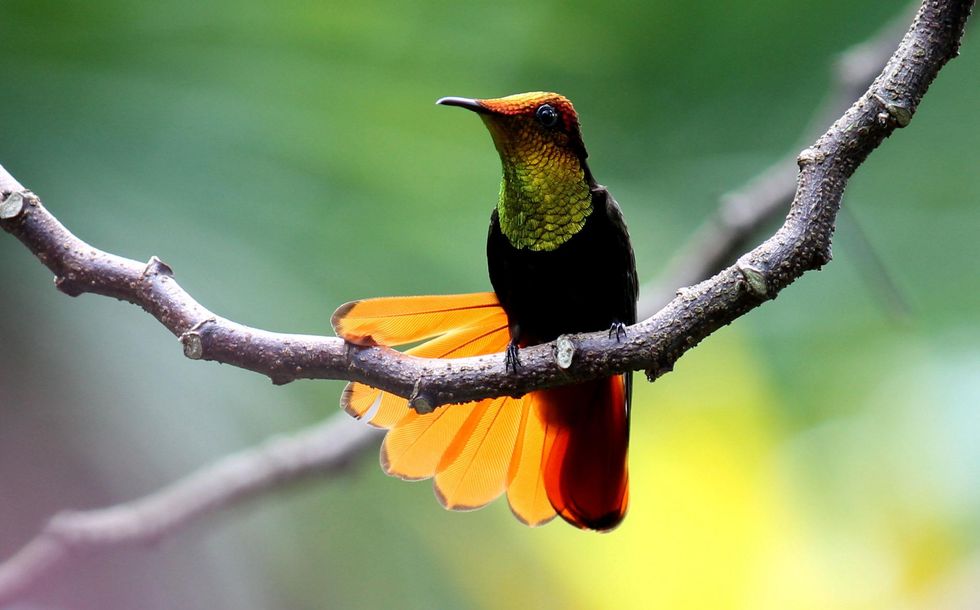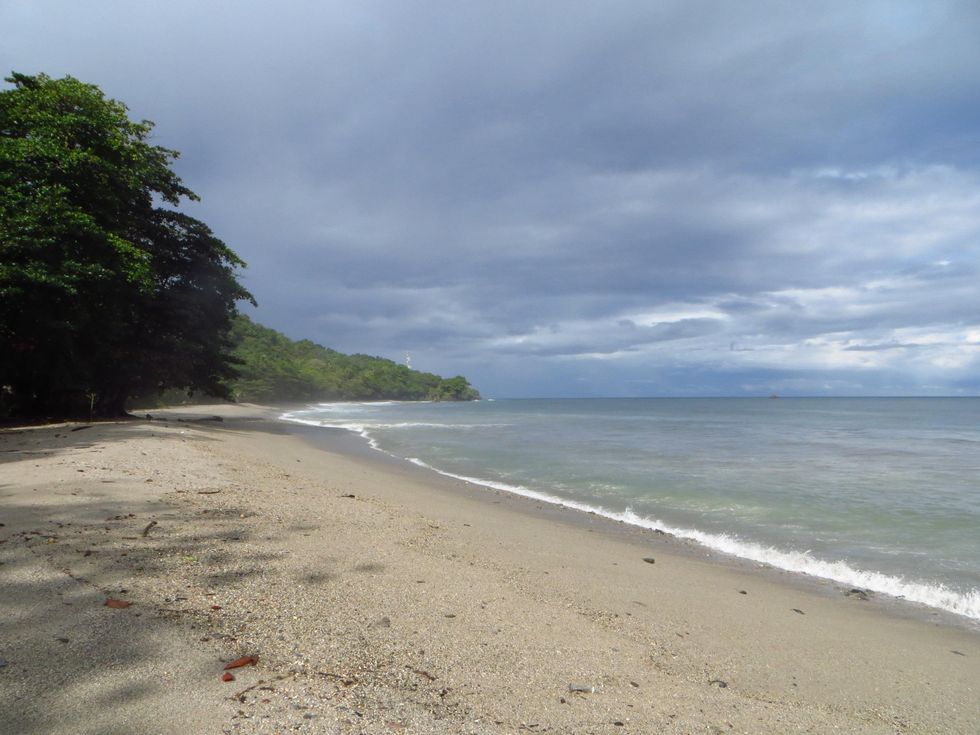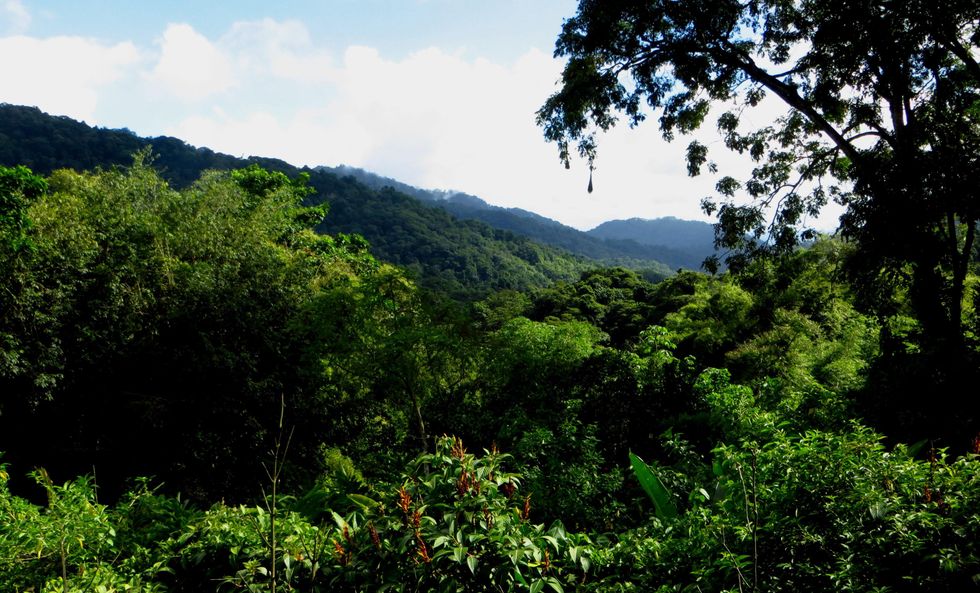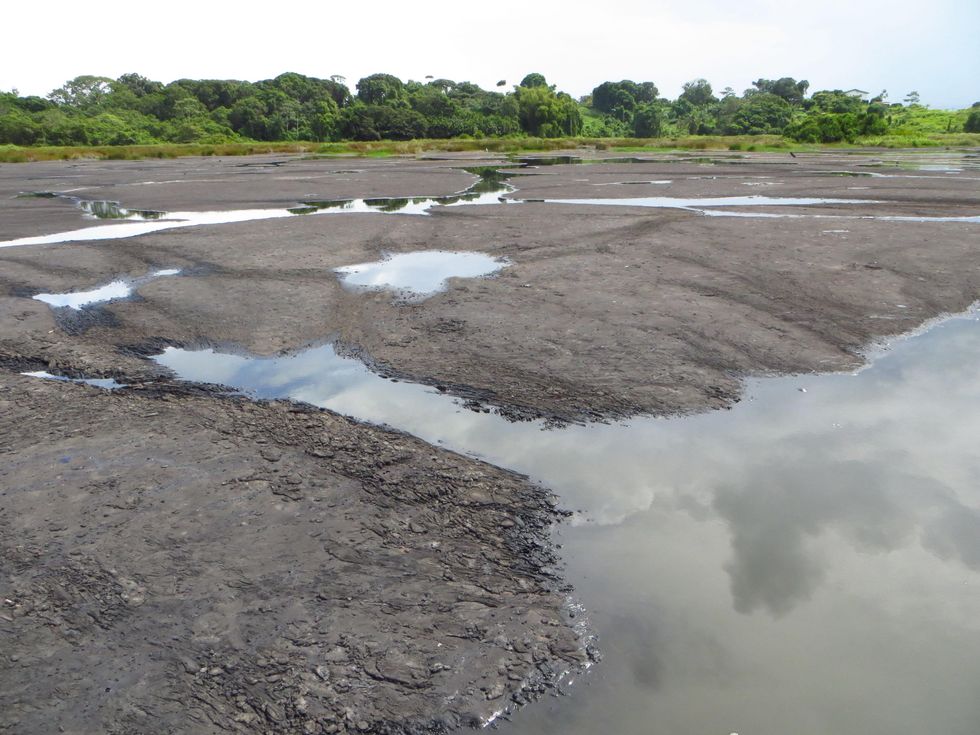Explore Trinidad
Surprising Trinidad: Hummingbirds, delicious street food, secluded beaches and a lake like no other
Trinidad and Tobago, a nation of sister islands, frequently occupies the edges on the tourism radar. While masses flock to other Caribbean islands or the South American mainland, Trinidad and Tobago, literally lying in between, see far fewer visitors.
Yet the country boasts a wide variety of landscapes, activities, and the staples of any good vacation, plenty of delicious food and beaches.
Plus, it offers a unique mix of South America and the Caribbean all rolled into two small islands with a meeting of cultures found nowhere else on the continent. It turns out, its relatively little traveled mountains, empty beaches, exuberant nature, and friendly locals, not yet jaded by mass tourism, are one of the biggest drawing cards to this sometimes overlooked destination.
My day on the island included everything from a visit to the largest pitch lake in the world to the home of hummingbirds high up in the mountains and turtles galore.
The Largest “What” Lake in the World?
I was a bit dubious when our guide told us that all the roads in the world had been asphalted with the pitch from this lake. But he was clearly proud of this natural phenomenon, guiding here for more than 30 years, and we did not question his statement. Across the lake we saw front loaders and trucks noisily extract pitch and I wondered why the roads in Trinidad were plagued by so many potholes. After all, this was the largest natural pitch lake in the world. Apparently much of the pitch is actually exported to European countries (explaining the roads).
Our guide expertly led us along the safe sections of the pitch lake, a moonscape of black tar that had mostly congealed into hardened blacktop.
Our guide expertly led us along the safe sections of the pitch lake, a moonscape of black tar that had mostly congealed into hardened blacktop. Fortunately, it was a cloudy day, moderating the temperatures, and he told us that during hot days a sticky layer forms atop the tar. He took us to a hole where liquid pitch oozed to the surface and we could stir the jet sludge with a stick. Gas bubbles popped occasionally, leaving mini craters of bitumen. Yes, fossils occasionally surface, our guide replied.
Nearby depressions had filled with rainwater and we dipped our feet into the pools. The water’s minerals purportedly have healing properties. From the center of the lake we could see the extent and it was a sizeable stretch of tar indeed, with a smell akin to road construction. Natural marshes had formed along the fringes of the lake, where birds were thriving, and we even saw a spectacled caiman run across the tar from pool to pool, a truly bizarre sight. Vultures landing in droves to drink from the pools, black feathers on black tar, accentuated the strange “lake”.
We thanked our guide for the tour and were glad we had come, since there is nothing else quite like it in Trinidad. The other four natural pitch lakes in the world are in California, which harbors three, and Venezuela, which has a pitch lake larger in extent, but smaller in volume. The pitch lake in Trinidad is located near the town of La Brea in the southwest of the island and in my humble opinion a must see destination for any visitor to this island nation.
Our second stop that morning was another natural spectacle. While the pitch lake slowly oozed and recast, we were now after speedier entertainment, particularly the hurried flight of hummingbirds.
First though we had another run-in with the traffic in Trinidad, which seems mired into one long jam of second-hand Japanese cars. A combination of affluence due to large oil reserves in Trinidad (hence the pitch lake) and driving on the left side of the road, have led to the import of thousands of older Japanese cars to the small island, leading to high car ownership and traffic-choked streets. This is not exactly expected on an idyllic island, but a fact of life in Trinidad.
Here we were crawling along and needed some quick fixes for our growling stomachs. Fortunately, Trinidad offers a wide variety of delicious street foods.
Doubles are by far the most popular and fastest fare on the island, with vendors whipping together the prepared ingredients literally in two seconds. Doubles are essentially a messy sandwich made with flat, fried bread and filled with curried chickpeas. Toppings can include mango chutney, cucumber sambal, coconut, and sauces. For a special kick order extra pepper, but if the vendors warn that it is spicy they are not kidding.
For something more substantial try “buss up shut”, also known as paratha roti (or locals call it “bust-up-shirt” based on its appearance). This flaky and soft roti layers perfectly and goes well with any sides, whether curried chicken, channa, or aloo. Actually the roti is so delicious that it can be eaten by itself.
A slow crawl to the fastest fliers
Fortified, we reentered the traffic jam and incrementally rolled east and then north towards St. Joseph. Tucked away in a neighborhood in the foothills of the Northern Ridge, Trinidad’s highest mountains, lies Yrette Home of the Hummingbirds. Part sanctuary and part bird show, it is dedicated to the world's tiniest and possibly mightiest feathered creatures.
The air was literally abuzz with beating wings and high octane chatter when we arrived.
The air was literally abuzz with beating wings and high octane chatter when we arrived. Theo Ferguson, the owner, photographer in residence, and guide offered fascinating insights about these little jewels of the air.
It’s difficult to sum it all up, but basically the bird’s metabolism is insane, heartbeat off the charts, they can fly in all directions, and per gram are the fastest fliers in the world. We were easily convinced as we observed hundreds of hummingbirds joust for spots on the feeders, resting only a few seconds on a twig. An incredible 13 species chased each other about in a restless melee of tiny wings.
We enjoyed traditional cake and some cool lemonade with bitters, watching the green hills turn to purple at sunset, with the traffic long forgotten.
Where the turtles come
Grande Riviere is a small hamlet on the undeveloped northeastern coast of the island. Hemmed in by the verdant Northern Ridge Mountains to the south and azure Caribbean Sea to the north, it offers a retreat from the busy rest of the island. Tourism here arrives at a slow crawl, much like its main attraction, leatherback turtles. The crescent of yellowish sand in front of the village supports one of the largest breeding areas of leatherback turtles in the world.
We unfortunately arrived during the wrong time of year, but the owner of the Mt. Plaisir Estate Hotel told us over coffee that up to 500 female leatherback turtles arrive each night to lay their eggs. May and June are the peak times for turtles and apparently dozens these hulking reptiles can be observed right from the porch of the hotel. Due to protection and conservation measures the population of these endangered marine turtles has rebounded in recent years and the local community mainly welcomes the increased tourism.
During our short morning visit we walked along the yellow sand and while we did not see any turtles emerging from the rolling breakers, we saw plenty of evidence. Large depressions lined the higher stretches of the beach, marking the nests from the previous season, and leathery egg shells strewn about were proof of the numbers of turtles that hatched. It is advisable to book ahead during peak turtle time as hundreds of visitors flock to Grande Riviere to witness the spectacle.
Beyond the town, quiet dirt roads and trails offer excellent hiking within the jungle covering the hills. More adventurous hikers can tackle a multi-day trek, leading along the unpopulated northern coast past empty beaches and remote mountains.
Pioneers in Ecotourism!
Asa Wright Nature Center opened its doors to ecotourism in the 1960s and thus is one of the oldest nature lodges in the world. It is now managed as a non-profit organization protecting the flora and fauna of the Arima Valley. The slopes and valley are covered in tropical rain forest and harbor a dizzying variety of animals.
Bird watchers flock from all over the world to seek any of the more than 150 species found on the property. Lucky visitors may spy mammals and it is a good place to observe the impossibly cute and extremely rare silky anteater.
The center is open to day visitors and also has lodging, which allows guest to explore the rain forest during a night hike. We stayed for the filling and delicious buffet lunch, featuring traditional dishes.
Another excellent place to stay in Trinidad is the cozy Amazon Lodge. The lodge is ideally located within easy driving distance to the majority of sights on the islands and the owners abound with local knowledge.
Go to Trinidad and enjoy a perfect slice of South America and the Caribbean with a fascinating cultural mix. Many parts of Trinidad remain little explored by international tourists and there is room for discovery.
A second article will highlight things to do on Tobago.
